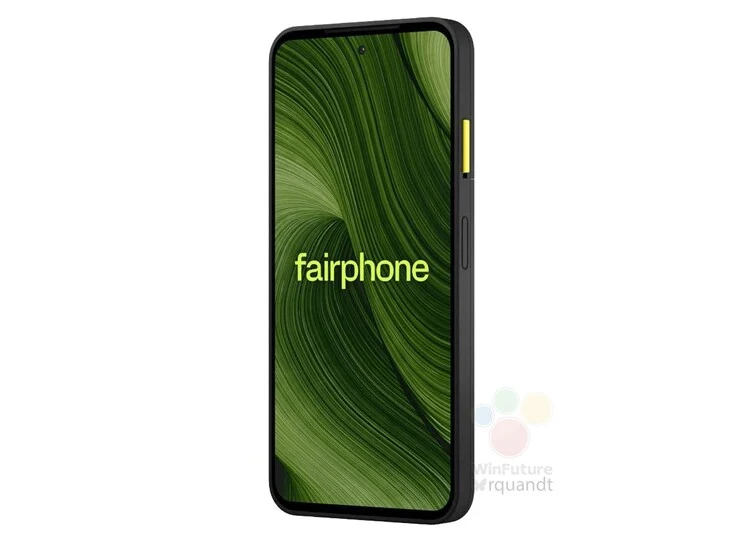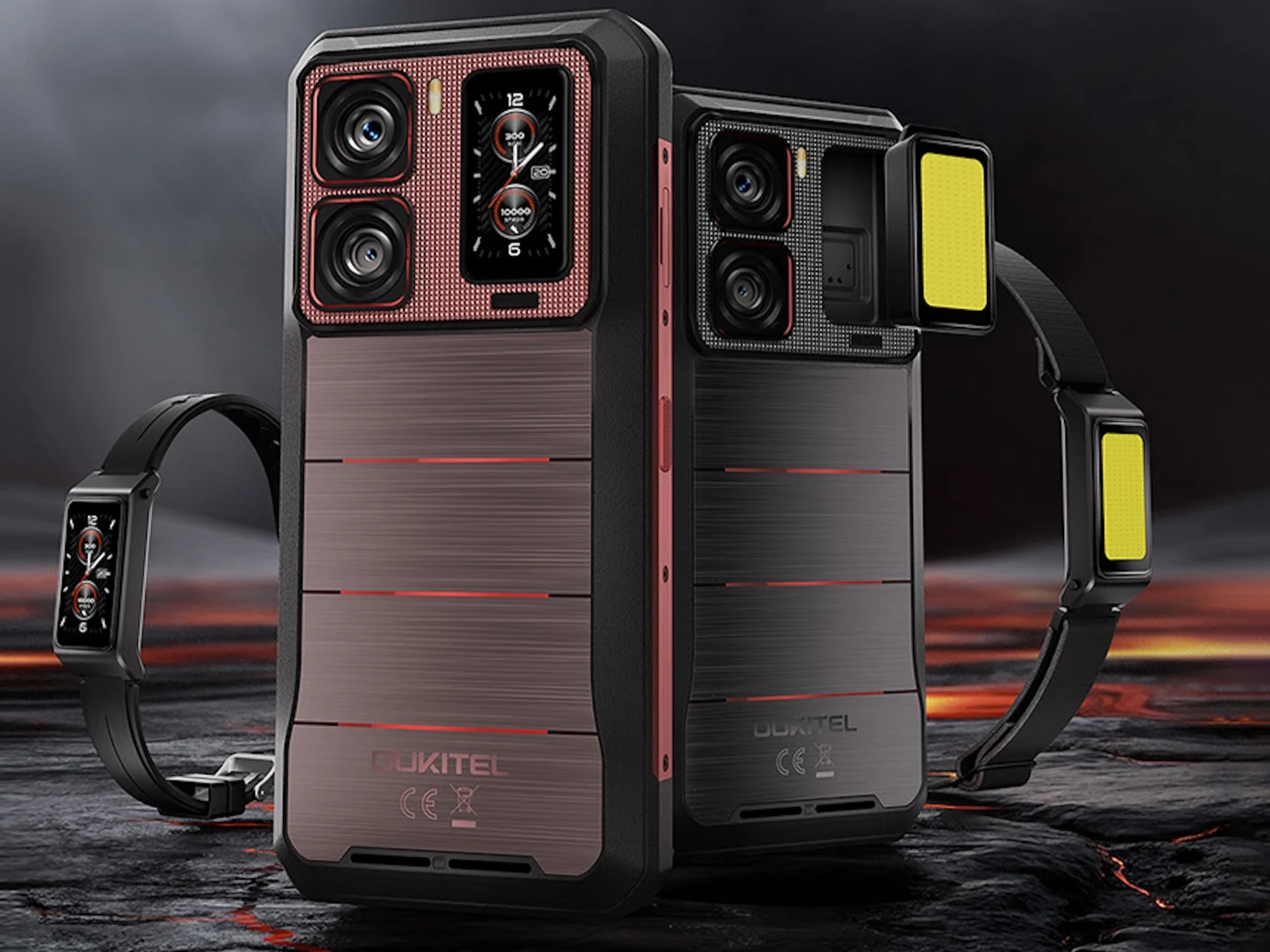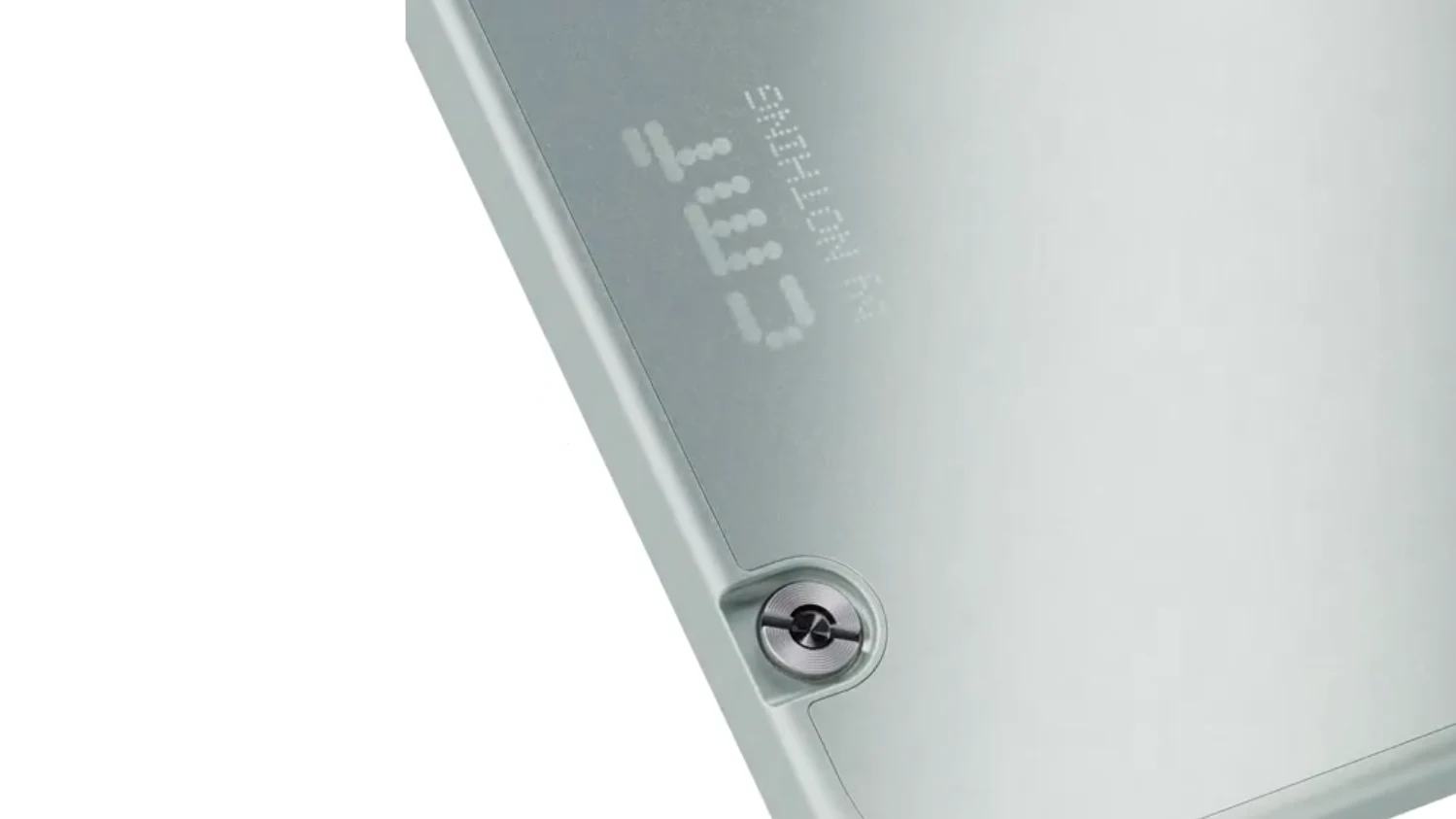Key Takeaways
1. Repairability: The Fairphone 6 maintains its focus on repairability, but requires a Torx T5 screwdriver for battery removal, unlike the tool-free battery swap of the Fairphone 5.
2. Display and Performance: It features a 6.3-inch LTPO OLED display capable of 1 billion colors, with a peak brightness of 1400 nits and a 120Hz refresh rate, though it uses an older USB-C 2.0 interface for slower data transfers.
3. Camera System: The phone includes a 50MP main camera with stabilization, a 13MP ultrawide camera without stabilization, and a modular 32MP front camera, all built with recycled and conflict-free materials.
4. Unique Features: A yellow “Fairphone Moment” slider allows users to disable most smartphone functions quickly, promoting reduced distractions while retaining essential call and text capabilities.
5. Pricing and Market Position: The Fairphone 6 is priced at $900 in the US, significantly higher than the €599 in Europe, with delayed spare parts availability, making it less appealing in the US market compared to Europe.
The Fairphone 6 keeps the brand’s commitment to being easy to repair, but there’s a bit more complexity compared to the Fairphone 5. Unlike the earlier model, which allowed users to swap the battery without any tools, the new version requires a Torx T5 screwdriver to take out the 4,315mAh battery, which is secured with five screws. The back of the phone has modular points and accessories, like a card holder or finger loop module, all designed with braille for better accessibility. It also has an IP55 rating for water resistance, thanks to a rubber-sealed USB-C 2.0 charging port that supports 30W charging.
Display and Components
The phone features a 6.3-inch LTPO OLED display that can show 1 billion colors, with a peak brightness of 1400 nits and a 120Hz variable refresh rate. Currently, the display and parts like the 40 euros battery, 90 euros screen, and 25 euros lower speaker assembly can be ordered in Europe, but they are not available in the US yet. Even with its modular parts, the phone still uses an older USB-C 2.0 interface, which slows down data transfer speeds compared to modern Android flagship smartphones that come with USB 3.2.
Camera System
On the back, the camera system has a 50MP main sensor that includes optical image stabilization, a 13MP ultrawide camera that doesn’t have stabilization, and a 3D time-of-flight depth sensor. There’s also a 32MP front camera that is modular but lacks stabilization. The Fairphone 6 is made with recycled tin and copper, along with minerals from verified conflict-free sources. A map of the Democratic Republic of the Congo etched into the motherboard highlights the company’s commitment to responsible sourcing of materials.
Unique Features
One unique aspect is the yellow “Fairphone Moment” slider located on the side. When flipped, this physical switch quickly disables most functions of the smartphone, allowing the Fairphone 6 to be used only for making calls and sending texts. This is aimed at users who wish to reduce distractions or take a break from their smartphones without having to turn the device off entirely.
The device also includes Gorilla Glass 7i for added screen durability, which can withstand scratches at level six and deeper grooves at level seven. Despite its aluminum mid-frame, JerryRigEverything’s bend test shows it has some mild frame flex.
Pricing and Market Position
While the Fairphone 6’s modularity and extended support are appealing for buyers focused on repairs, US customers encounter serious downsides. The phone is sold through Murena for 900 dollars, which is about 200 dollars more than in Europe, and spare parts are not yet available in the US market. Once they become available, the prices for replacement components are expected to be higher, which diminishes some of the cost-saving benefits that the Fairphone is known for in Europe.
The Fairphone 6 is still a strong option for those who value sustainability, repairability, and long-lasting support, featuring modular components and a five-year warranty. However, in the United States, its high 900 dollar price and delayed spare parts reduce its appeal compared to the European price of 599 euros, leaving American consumers with a mid-range phone priced like a flagship. While Europe gets a solid competitor in the modular smartphone arena, the US version seems more like a compromise than a good deal.
Source:
Link













